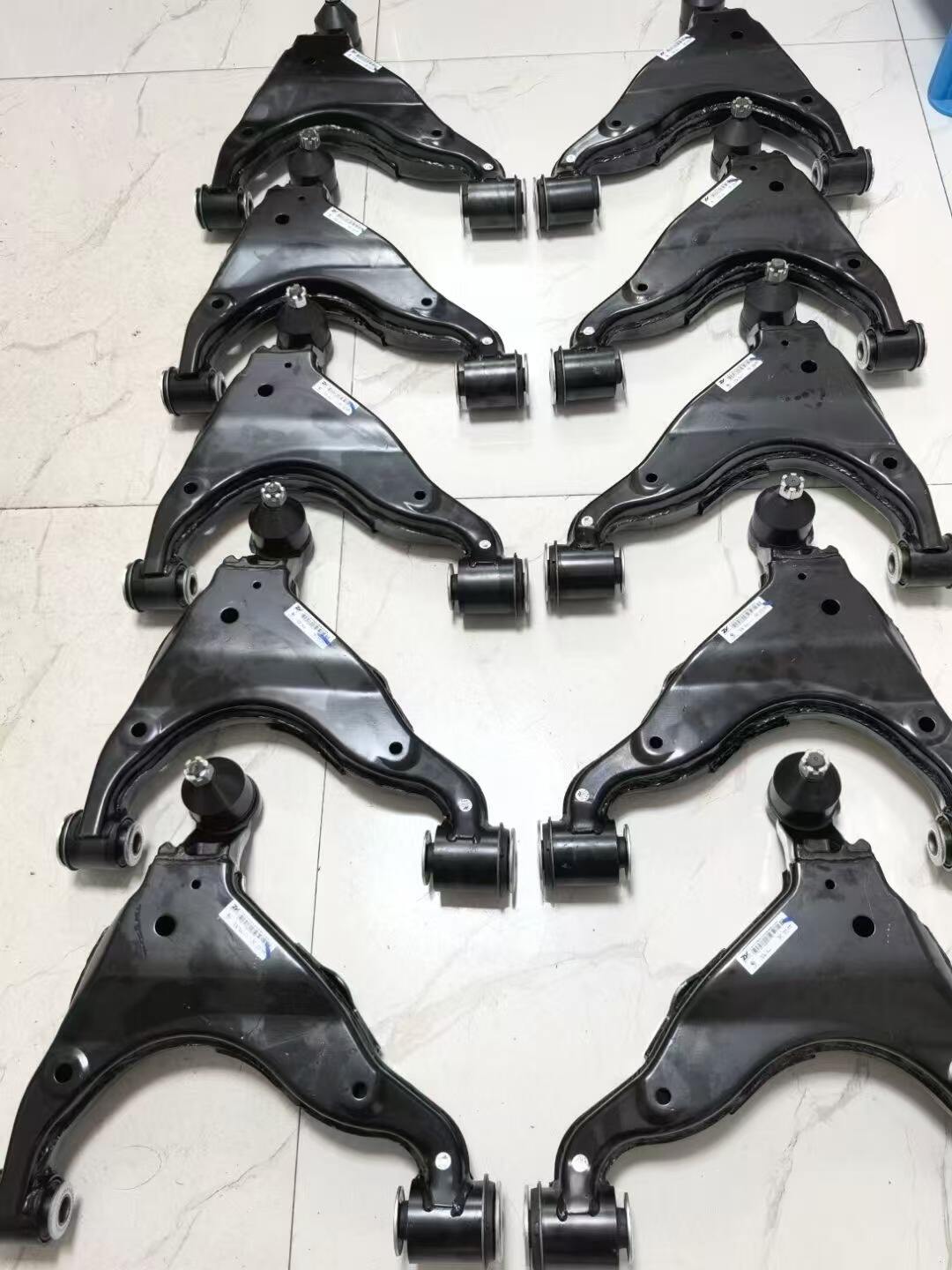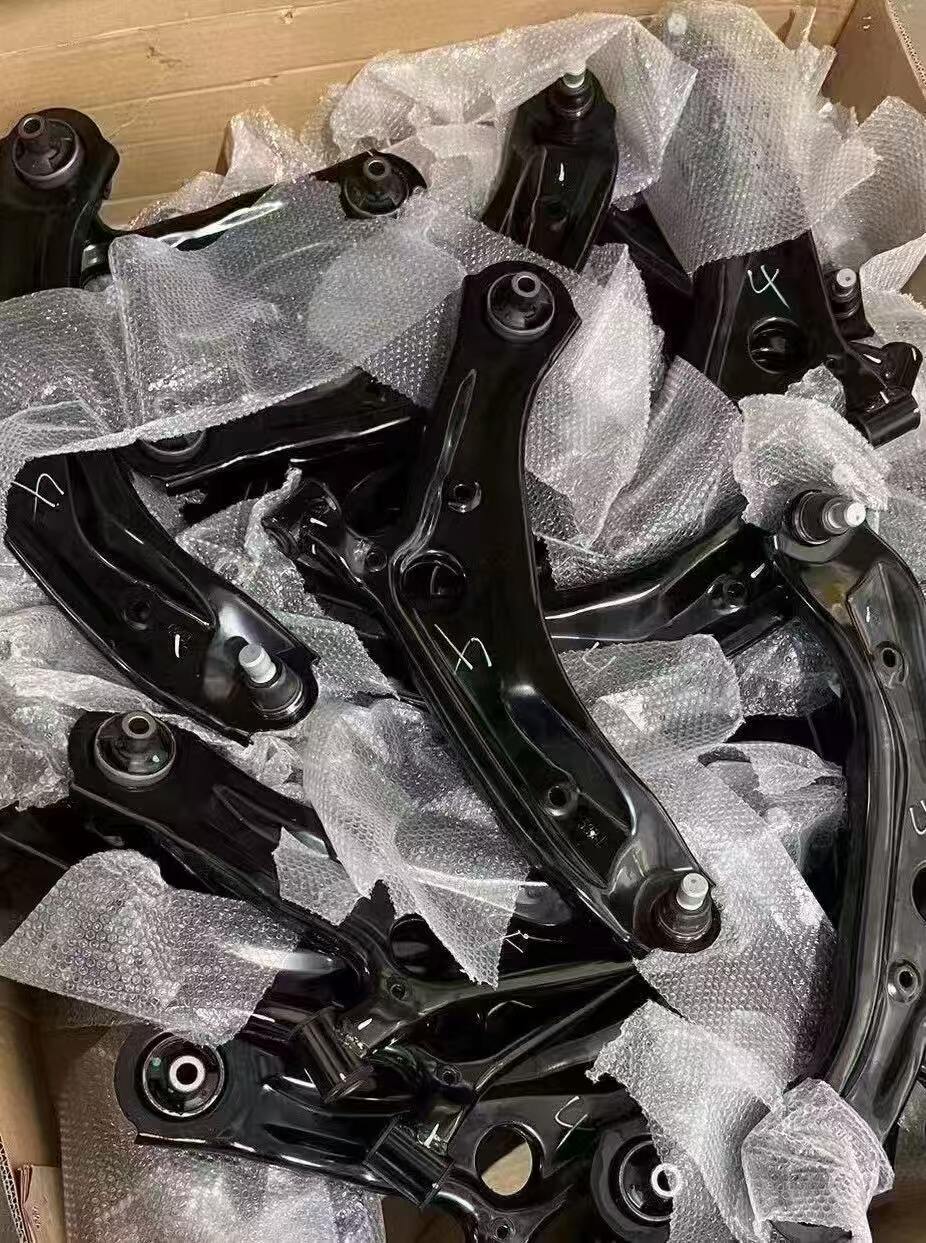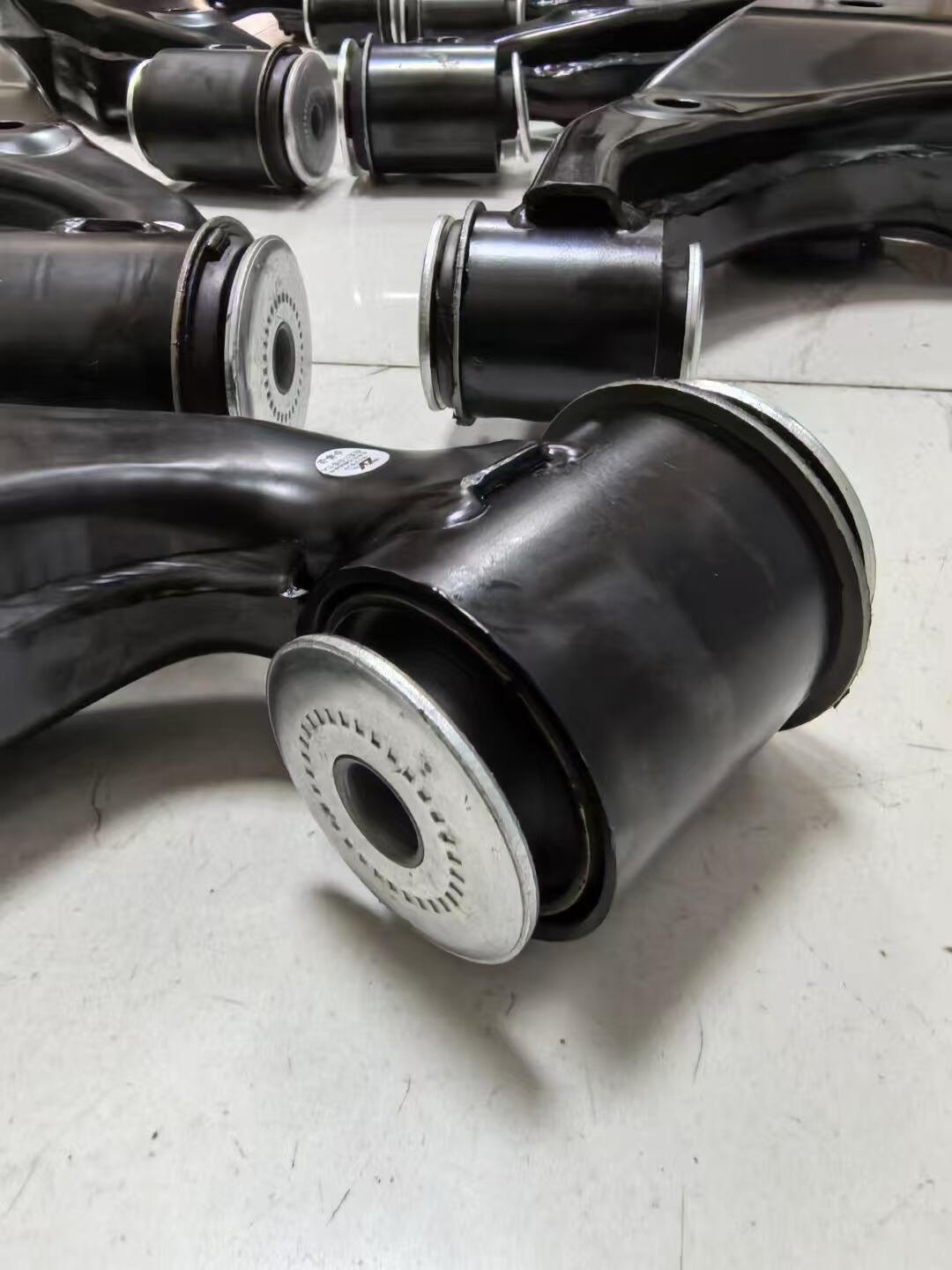Enhanced Suspension Geometry
Upper control arms play a crucial role in maintaining optimal suspension geometry, which directly impacts vehicle handling and performance. The component's design incorporates precise engineering calculations to ensure proper motion ratios and suspension travel. Advanced geometric considerations account for dynamic loading conditions and weight transfer during acceleration, braking, and cornering. The integration of adjustable mounting points allows for fine-tuning of camber and caster angles, enabling customization for specific performance requirements. This attention to geometric precision results in improved tire contact patch management, enhanced stability during dynamic maneuvers, and more predictable handling characteristics across various driving conditions.


